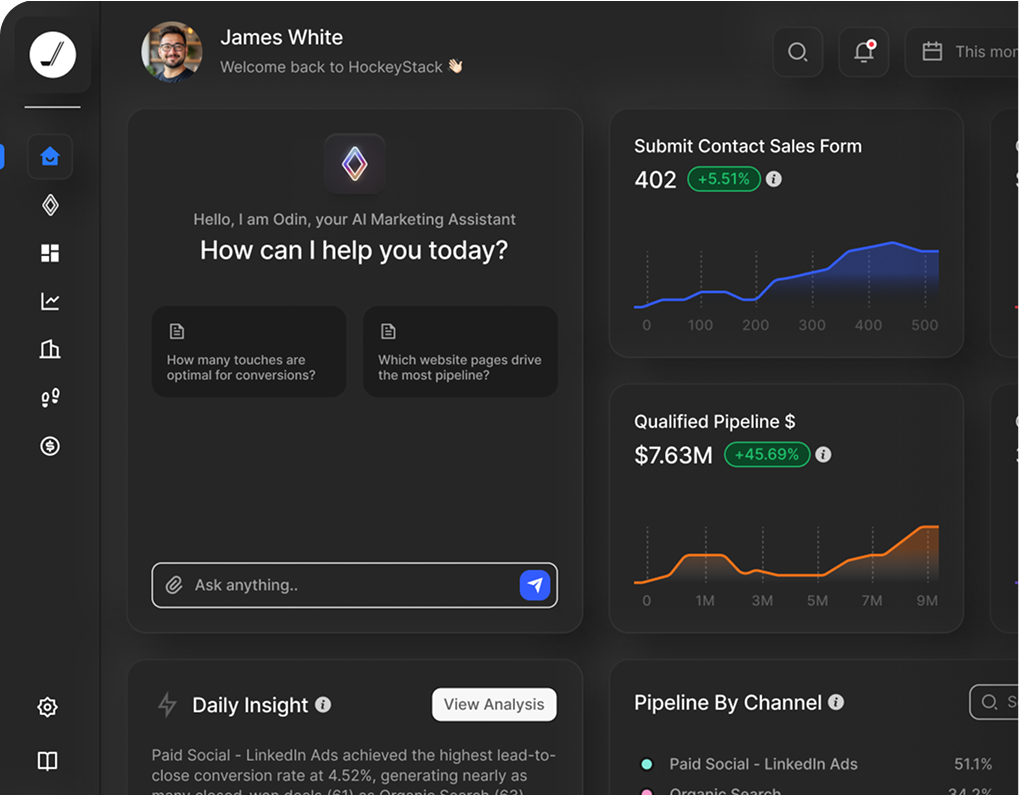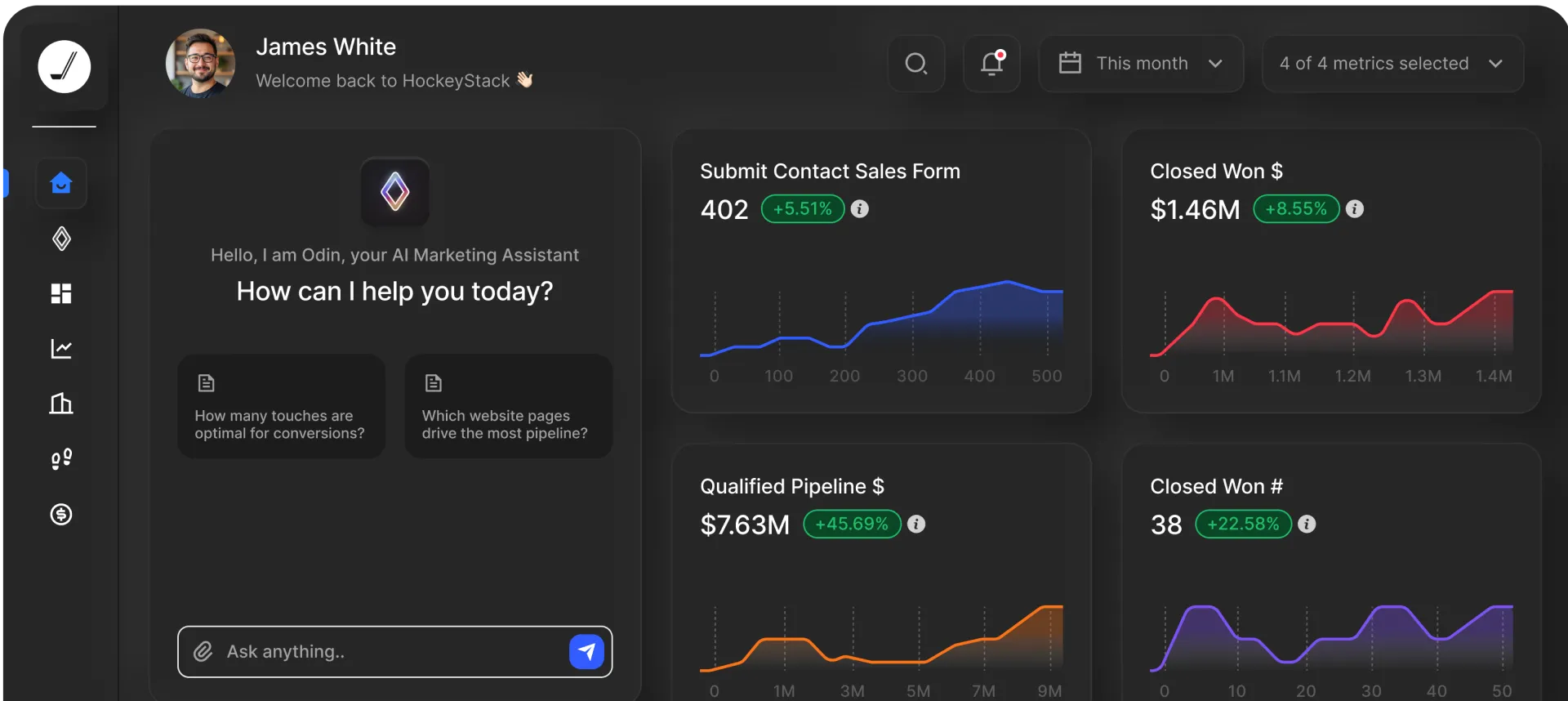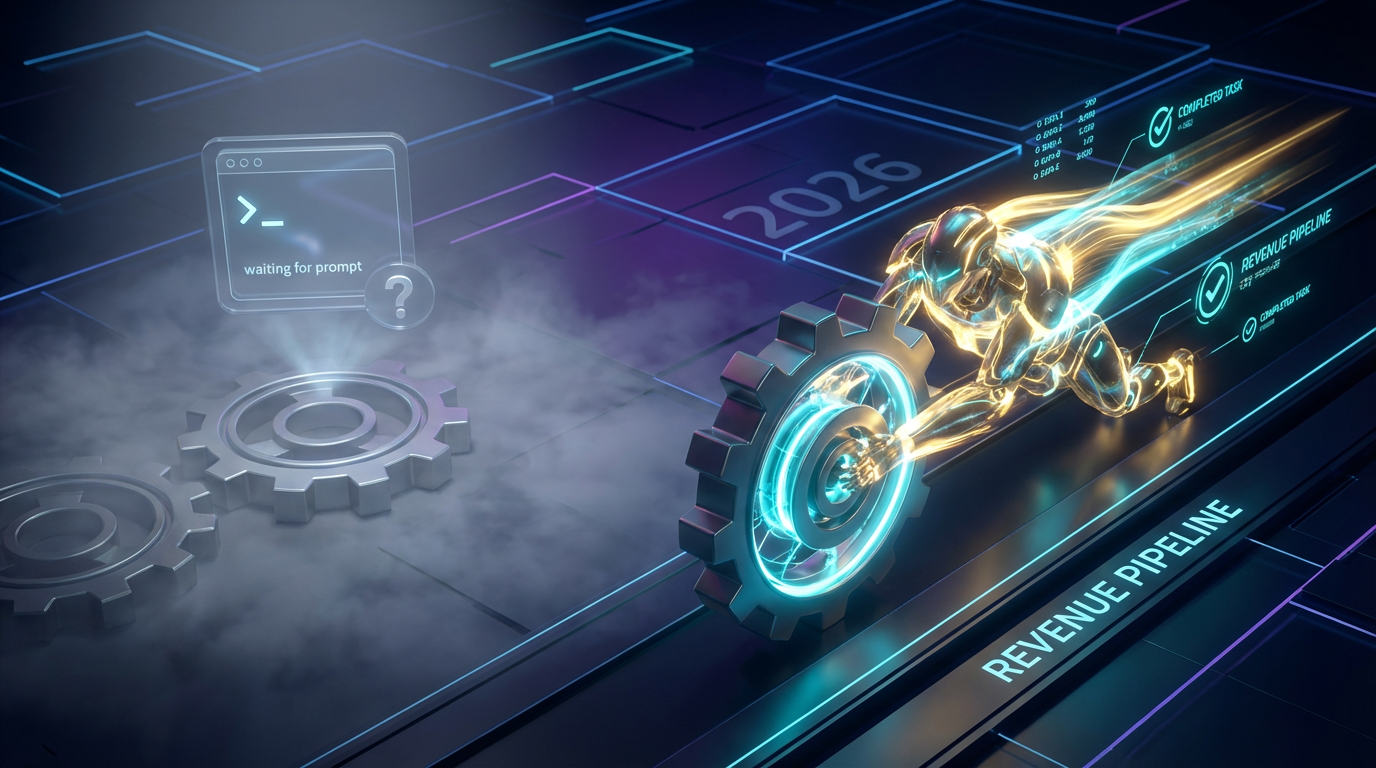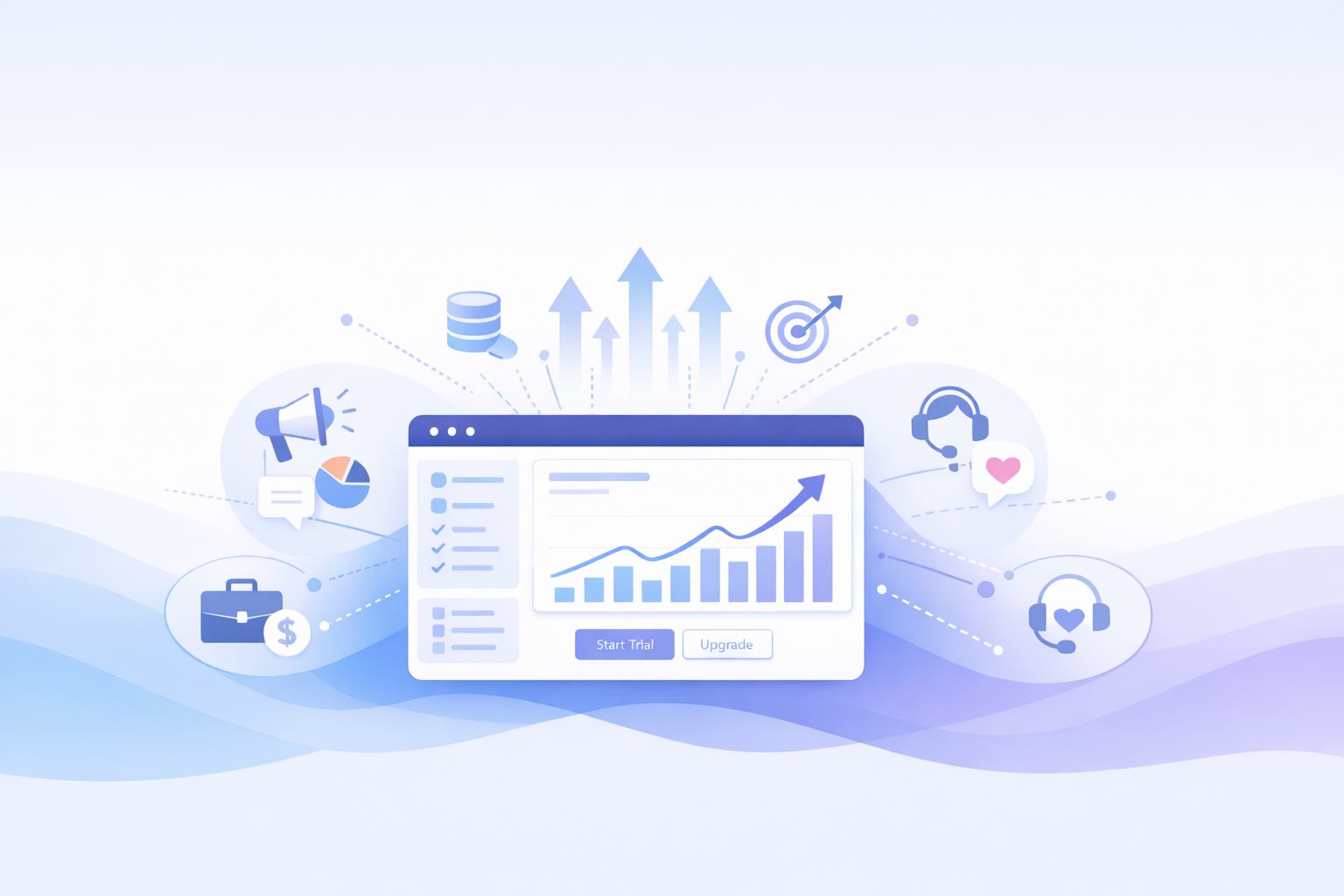Customer Journey vs Customer Experience Maps: Which One Should You Use?

Customer Journey vs Customer Experience Maps: Which One Should You Use?

If you're a marketer, you've probably already heard the terms customer journey, customer experience maps, customer funnel, and plenty of other very similar-sounding jargon. And if you're like most people, you've probably been wondering "what do you mean customer journey vs customer experience maps? Aren't they the same thing!?"
Well, they're not, but both these terms are still used interchangeably due to common misconceptions.
As a result, people often end up using the wrong analytics tool for the wrong task. Fortunately for you, we're doing a deep-drive into both customer journeys and customer experience maps to help you understand exactly which one you should be using for specific purposes.
So, let's get started.
What is Customer Journey Mapping?
A customer journey is the entire path a customer takes in order to make a purchase. This path can be across multiple touchpoints, involve several modes and channels of communication, and can span durations ranging from a few minutes (hello online shopping!) to a few months.
So, as the name suggests, customer journey mapping refers to visualizing every step taken from the start of the customer’s interaction with the business, until after the sale has been made.
Let's illustrate this with the help of an example. A customer could see a social media ad for your products, click on it for more information, and decide to buy the product. Later they could call customer services to get assistance on how to install the product.
Every interaction in this example would be a part of that customer’s journey map.
The biggest difference between a journey map and an experience map is that Customer Journey Maps are about only a single product or service offered by your business. Yes, it includes every single interaction a customer makes with your business, but only related to a particular product.

When to use Customer Journey Mapping
Marketers and sales professionals often need to check out the customer journey to optimize the customer retention funnel. For instance, if you identify that customers interact with you the most on LinkedIn for everything from demos to complaints of a particular product, you can start focusing more on this channel compared to others.
Remember though: the key here is that you must only map out the customer journey for one specific product at a time because even different products from the same company can have completely different audiences and customer journeys.
But then what are customer experience maps?
What is a Customer Experience Map?
Customer Experience Mapping is a lot more comprehensive than customer journey mapping. The major difference between a customer experience map and a customer journey map is that the customer experience map isn't limited to a single sale or even one product. A customer experience map covers all touchpoints whether or not they resulted in a sale whereas a customer journey pertains only to a single sale and the steps that were involved in it.
Customer experience analysis also has a lot to do with the emotions and behaviors of users. In essence, customer experience mapping can help you dive into what drives your users' actions, allowing you to make relevant changes to give your users a good overall experience when they're interacting with your business.
What's interesting is that a customer experience map could include a journey map, but also takes into consideration other interactions the customer might have had with your business other than the journey for that specific product or service.

When to use Customer Experience Mapping
Customer experience maps are used when you know that you have a problem with your marketing strategy but aren't able to pinpoint where the problem lies. Since a customer experience map takes all touchpoints into consideration, you'll be able to identify exactly where your customers are dropping off, allowing you to make specific changes and perform A/B tests to see how your users respond to them.
Let's look at this further with an example.
Say that you have a good amount of traffic to your website and to your landing pages, but at some point most of those prospects fail to convert.
You know you have something in your website that is repelling many leads, but you don't know what it is or where it is.
A Customer Experience Map can show you the certain points where those leads decide against converting and leave your website.
This way you will pinpoint the source of the problem and work to solve it.
Settling the Customer Journey vs Customer Experience Map Debate
Looking at these two methods from a 'customer journey vs customer experience map' lens isn't fair as both of these mapping methods are used to track customer interactions with your brand. That said, while Customer Journey Maps are only tracking the touchpoint related to the sale of a single product or service, Customer Experience Maps track every single touchpoint and how the customer responds at each stage.
Both of these methods can help you find solutions to issues you have in your marketing process and sales funnel. A journey map will be more useful if you know where the problem is since it is more focused already. In contrast, an experience map will be more beneficial if you need to spot the problem first thanks to its more comprehensive nature.
These customer maps will help you step into your customers' shoes and have a better understanding of them. Remember though, customer journey mapping and experience mapping is an ongoing process. This means that you can't just map the customer experience or customer journey map once. You will have to update the maps you create every now and then to ensure that they are still relevant and your insights aren't outdated.
FAQs
What is the difference between a customer journey map and an experience map?
Customer journey maps only deal with the path taken by the customer to make a single purchase. Experience maps, however, record any and every action of the customer. Journey maps are more specific and will be more helpful if you know exactly what you are looking for whereas experience maps will be more helpful if you are doing general research on improving your funnels.
Why is journey mapping important?
Journey maps let you know how each customer came to buy a particular product. This information will be useful when you are trying to see which channels drive more qualified leads for different products —and eventually help you improve your marketing efforts.
Why is experience mapping important?
Experience maps show where each customer spends their time on your website. This can project which pages have high rates of conversion, what people tend to do after visiting certain pages, how long it takes for customers to make a purchase, etc. According to this information you can further improve your landing pages and optimize your website to give better results.
Dreamdata vs HockeyStack: Complete Enterprise Comparison 2025
Compare Dreamdata and HockeyStack to find the best attribution platform for your enterprise. See how they differ in tracking, insights, implementation, and adoption. 2025 edition.


Ready to see HockeyStack in action?
HockeyStack turns all of your online and offline GTM data into visual buyer journeys and dashboards, AI-powered recommendations, and the industry’s best-performing account and lead scoring.

Ready to See HockeyStack in Action?
HockeyStack turns all of your online and offline GTM data into visual buyer journeys and dashboards, AI-powered recommendations, and the industry’s best-performing account and lead scoring.



